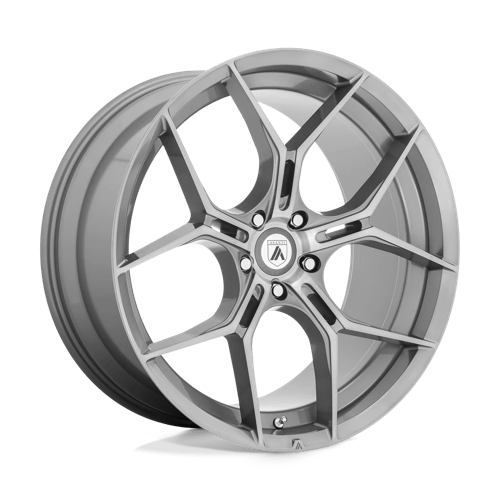Ever wondered about those tires that promise to keep you rolling even after a puncture? Meet run flat tires – the game-changer in tire technology. In this blog post, we'll explore what run flat tires are, how they work, and the benefits that make them increasingly popular among safety-conscious drivers.
-
Understanding Run Flat Tires: A Lifesaver on Wheels:
- Continued Driving After Puncture: Run flat tires allow you to keep driving after a puncture, giving you the flexibility to reach an auto shop or a safe place to change your tire.
- Manufacturer's Specifications: While they aren't meant for indefinite use, each manufacturer specifies the distance and speed at which you can safely drive on run flat tires. For example, Bridgestone's run flats can go up to 50 miles at a maximum speed of 50 mph after a loss of inflation pressure.
-
How Do Run Flat Tires Work? Decoding the Systems:
- Self-Supporting System: In most self-supporting run flat tire systems, the tire's reinforced sidewall construction continues to support the vehicle even in the event of air loss. This design enables continued operation up to the specified speed and distance after pressure loss.
- Support Ring System: Another type involves a support ring that helps bear the vehicle's weight after a loss of pressure, ensuring a safe journey to the nearest service point.
-
Run Flat Tire Requirements: Tire Pressure Monitoring System (TPMS):
- Essential Monitoring:* All run flat tires require a Tire Pressure Monitoring System (TPMS) to alert drivers immediately when tire pressure drops. Without TPMS, detecting underinflated tires becomes challenging, jeopardizing your safety.
-
Benefits of Run Flat Tires: Why Choose Them?
- No Emergency Tire Changes: The most significant advantage is that you don't have to change your tire in unsafe or uncomfortable conditions. Run flats provide the flexibility to reach a suitable location or an auto shop.
- Stability in Puncture Situations: Run flats offer enhanced stability during a puncture. Their ability to support the vehicle without air ensures better control in situations of complete air loss, setting them apart from conventional tires.
-
The Future of Run Flat Tires: A Shift Towards Safety:
- Growing Popularity: As safety remains a top priority for consumers, the popularity of run-flat tires is on the rise.
- Integrated Technologies:* With features like TPMS working seamlessly with run-flat tires, they will likely become a standard feature in new vehicles, contributing to enhanced safety on the road.
Elevate Your Drive with Run Flat Tires Run-flat tires are not just a convenience; they're a safety net on the road. From continued driving after a puncture to added stability in challenging situations, the benefits make them a worthwhile investment. As safety becomes paramount for drivers, run-flat tires, with their advanced technology and integrated systems, are poised to become the norm, ensuring a secure and hassle-free driving experience for all.


